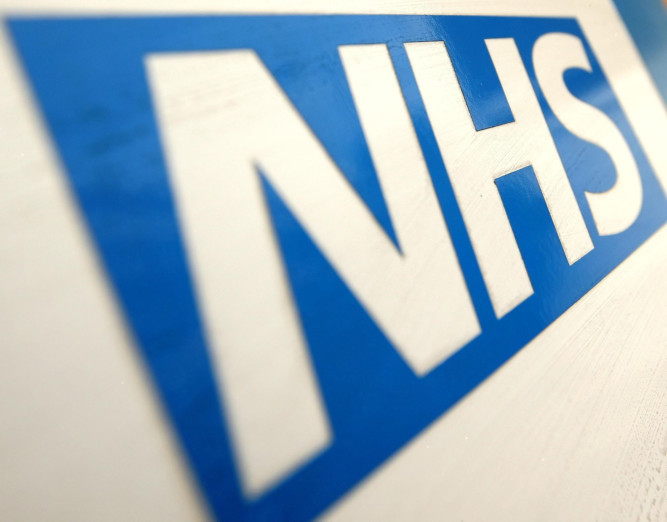
NHS workers are subject to an average of 35 violent attacks every day, damning new figures have revealed.
A staggering 61,000 physical or verbal assaults have been recorded in the last five years, resulting in thousands of police call-outs.
The Greater Glasgow and Clyde area had the biggest number of attacks, followed by the Lothians and Ayrshire.
Health chiefs have kicked off a campaign to combat aggression towards NHS staff and Scottish Liberal Democrat health spokesman Alex Cole-Hamilton last night condemned the attacks.
He said: “NHS staff work round the clock saving lives and providing quality care to those who need it.
“It is utterly unacceptable for anyone to be assaulted when they are at work.
“It is no different for NHS staff, yet they have been the victim of attacks on more than 60,000 occasions since 2012/13.
“These are incredibly concerning statistics.”
Figures obtained by the Lib Dems under a freedom of information request show 61,360 attacks have been recorded since 2012/13.
The annual figure has dropped from 15,136 in 2012/13 to 12,867 in 2015/16 – an average of 35 a day.
But union chiefs have previously warned of under-reporting of attacks because staff are too busy to report them.
Scotland-wide figures also show a total of 2238 incidents have been referred to the police since 2012/13.
A total of 300 of the 516 attacks referred last year were in the NHS Greater Glasgow and Clyde area.
The figures will be an underestimate as a number of health boards, including Fife and Lanarkshire, do not record if the attacks have been reported to the police.
There are nearly 3000 addresses across Scotland where ambulance workers are not allowed to enter without police protection due to previous violence.
This means paramedics and ambulance employees require police protection before responding to a 999 call.
In 2012, there were just 400 addresses deemed too dangerous but the problem has worsened dramatically since.
A spokesman for the Scottish Government said: “Aggression against NHS staff is unacceptable and the perpetrators must be dealt with.
“The Emergency Workers Act offers specific criminal law protections for doctors and other medical professionals.
“Other more general offences can be used to deal with more serious offending and we support ourpolice, prosecutors and courts in dealing with cases appropriately using all available laws.”
Meanwhile, new figures from Scottish Labour show 91,788 patients waited more than four hours to be seen at A&E in 2016.
The SNP’s interim waiting time target is that 95% of patients who present themselves at A&E should be seen and then admitted, transferred or discharged within four hours.
A further 7179 patients waited more than eight hours, and 1021 patients waited more than 12 hours.

Enjoy the convenience of having The Sunday Post delivered as a digital ePaper straight to your smartphone, tablet or computer.
Subscribe for only £5.49 a month and enjoy all the benefits of the printed paper as a digital replica.
Subscribe